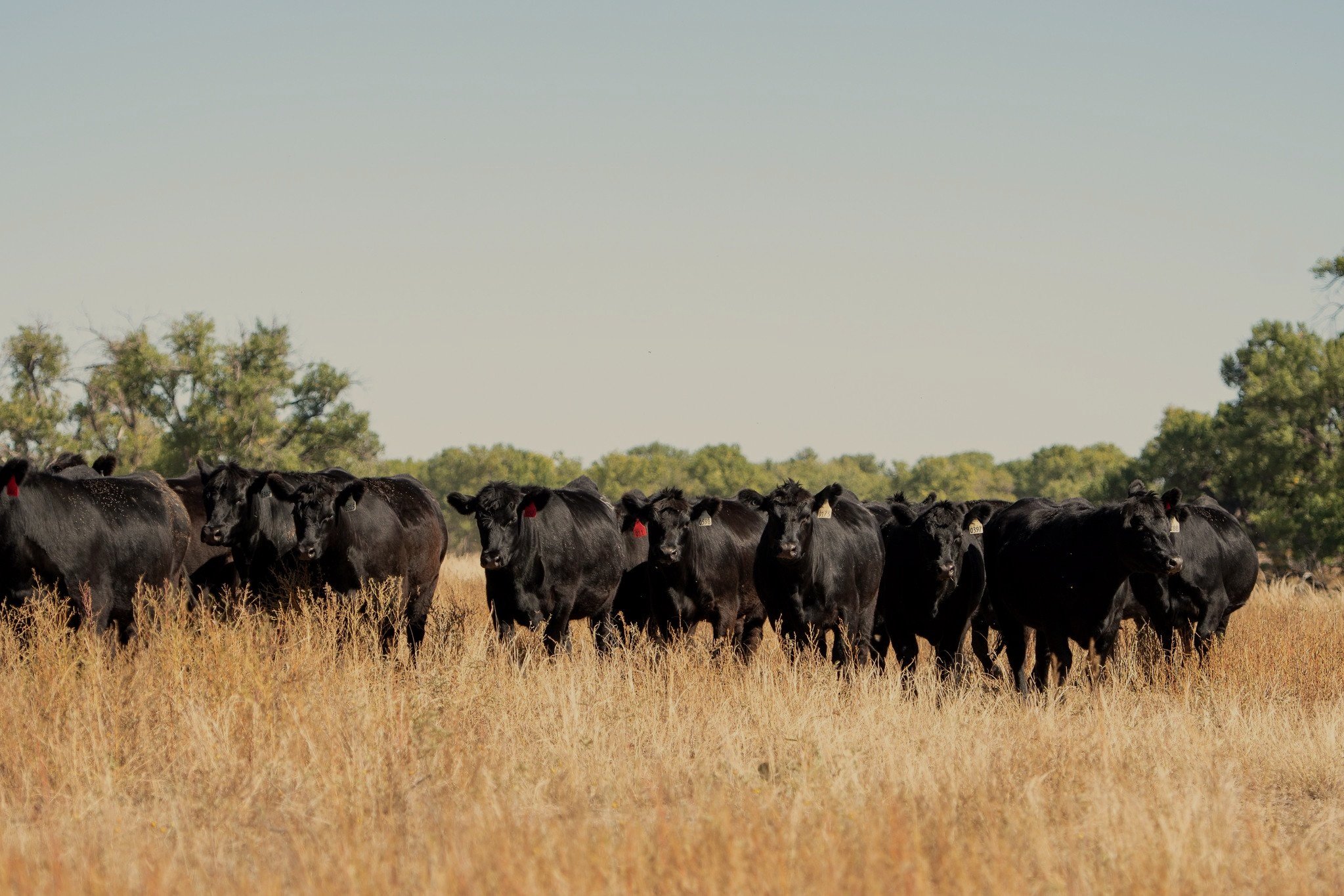Opening Development Prospective: Bagley Risk Management Approaches
Recognizing Livestock Danger Defense (LRP) Insurance Policy: A Comprehensive Overview
Browsing the world of livestock risk defense (LRP) insurance policy can be a complex endeavor for several in the agricultural sector. From how LRP insurance policy operates to the different insurance coverage alternatives available, there is much to uncover in this detailed overview that might potentially form the means livestock producers come close to risk administration in their businesses.

How LRP Insurance Policy Functions
Periodically, recognizing the technicians of Animals Threat Protection (LRP) insurance can be complicated, but damaging down how it works can give quality for ranchers and farmers. LRP insurance is a risk management device designed to secure livestock producers against unexpected rate declines. The policy allows producers to set a coverage degree based on their certain requirements, choosing the number of head, weight range, and protection price. Once the plan is in area, if market value fall below the protection cost, producers can sue for the distinction. It is necessary to keep in mind that LRP insurance coverage is not a revenue guarantee; rather, it concentrates solely on rate threat security. The insurance coverage duration commonly ranges from 13 to 52 weeks, providing flexibility for producers to select a duration that straightens with their production cycle. By using LRP insurance policy, ranchers and farmers can minimize the monetary dangers related to fluctuating market value, making certain greater security in their procedures.
Eligibility and Coverage Options

When it comes to insurance coverage alternatives, LRP insurance coverage uses producers the flexibility to choose the coverage degree, coverage period, and endorsements that ideal match their danger administration needs. By understanding the qualification requirements and coverage choices offered, livestock manufacturers can make educated decisions to manage threat efficiently.
Pros and Cons of LRP Insurance
When assessing Animals Danger Protection (LRP) insurance coverage, it is crucial for livestock manufacturers to consider the drawbacks and benefits inherent in this danger monitoring tool.

One of the main benefits of LRP insurance policy is its ability to supply protection against a decrease in animals prices. This can assist guard manufacturers from monetary losses resulting from market changes. Furthermore, LRP insurance provides a degree of versatility, permitting producers to personalize insurance coverage levels and policy durations to fit their specific requirements. By securing in an assured rate for their livestock, producers can better take care of danger and plan for the future.
Nevertheless, there are also some disadvantages to think about. One restriction of LRP insurance policy is that it does not protect versus all kinds of risks, such as disease outbreaks or all-natural calamities. Moreover, costs can often be costly, specifically for manufacturers with big livestock herds. It is essential for producers to meticulously analyze their specific danger direct exposure and economic circumstance to figure out if LRP insurance is the right threat administration tool for their procedure.
Recognizing LRP Insurance Coverage Premiums

Tips for Making The Most Of LRP Perks
Maximizing the benefits of Animals Risk Protection (LRP) insurance coverage requires tactical preparation and aggressive threat administration - Bagley Risk Management. To make the many of your LRP coverage, think about the adhering to tips:
On A Regular Basis Analyze Market Conditions: Remain notified regarding market patterns and rate fluctuations in the livestock industry. By monitoring these elements, you can make informed decisions about when to purchase LRP coverage to shield against potential losses.
Establish Realistic Insurance Coverage Levels: When selecting insurance coverage degrees, consider your manufacturing prices, market worth of animals, and possible risks - Bagley Risk Management. Setting realistic coverage levels guarantees that you are adequately protected without overpaying for unneeded insurance policy
Expand Your Insurance Coverage: Rather than depending entirely on LRP insurance, consider diversifying your danger monitoring approaches. Integrating LRP with other threat monitoring devices such as futures contracts or alternatives can supply comprehensive insurance coverage versus market uncertainties.
Review and Adjust Insurance Coverage Consistently: As market problems change, regularly evaluate your LRP coverage to ensure it aligns with your present risk direct exposure. Changing insurance coverage levels and timing of acquisitions can help optimize your threat security strategy. By adhering to these suggestions, you can make best use of the benefits of LRP insurance coverage and safeguard your animals procedure against unforeseen dangers.
Verdict
Finally, animals risk security (LRP) insurance policy is a useful tool for farmers to handle the economic risks related to their animals procedures. By comprehending just how LRP functions, qualification and coverage options, along useful source with the pros and cons of this insurance policy, farmers can make informed choices to shield their livelihoods. By meticulously thinking about LRP costs and executing approaches to make best use of benefits, farmers can reduce possible here are the findings losses and guarantee the sustainability of their procedures.
Animals manufacturers interested in obtaining Livestock Threat Defense (LRP) insurance can explore a variety of qualification standards and insurance coverage alternatives customized to their certain livestock operations.When it comes to insurance coverage options, LRP insurance policy supplies producers the flexibility to pick the coverage degree, coverage duration, and endorsements that finest suit their risk administration requirements.To understand the intricacies of Livestock Risk Protection (LRP) insurance policy fully, understanding the factors affecting LRP insurance premiums is essential. LRP insurance costs are identified by various elements, consisting of the insurance coverage degree selected, the expected rate of animals at the end of the insurance coverage period, the type of animals being guaranteed, and the size of the coverage duration.Review and Readjust Protection Regularly: As market conditions change, occasionally examine your LRP coverage to ensure it aligns with your current threat exposure.